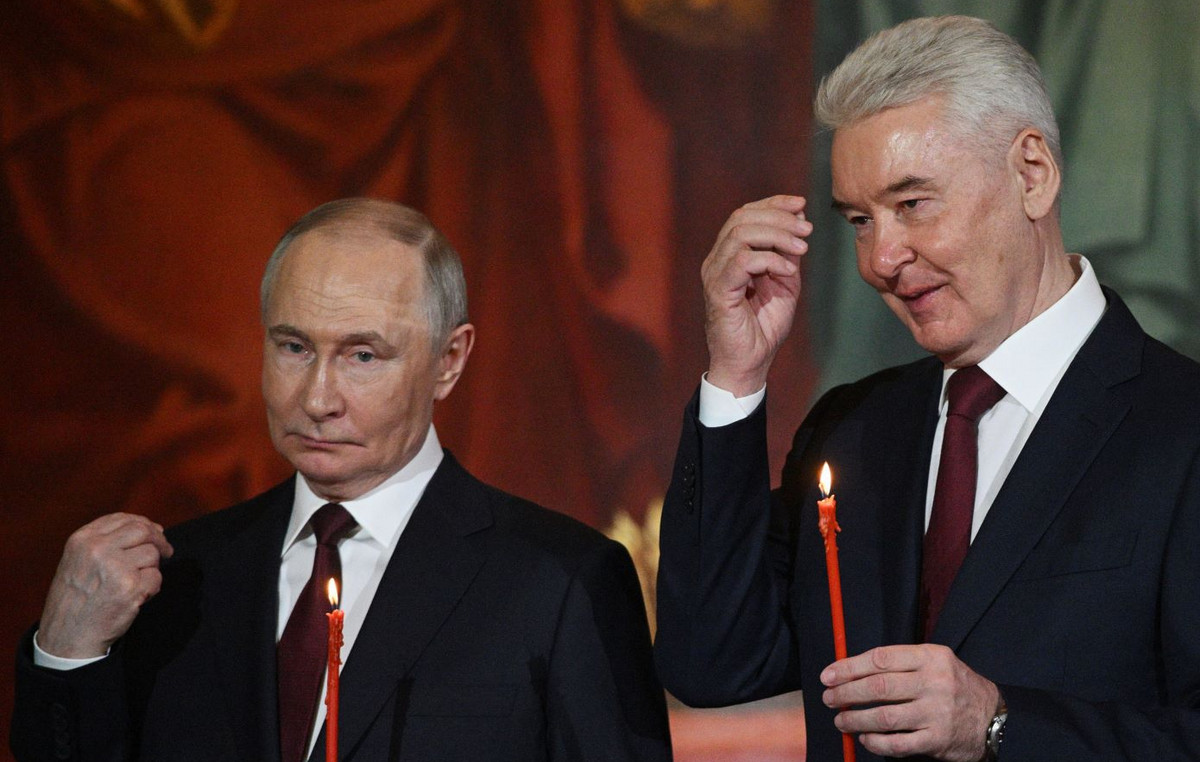Despite the uncertainty about tariffs, the US dollar tries a rebound for Good Friday, feeding a slight setback in the price of gold in Comex from the historical maximums of $ 3,358 reached early on Thursday. The price of gold in India follows the same trend and corrects slightly on Thursday.
The operators seek to capitalize their long positions in gold, preparing for the Easter weekend.
At the time of writing, the price of gold is quoted at 9,162.30 Indian rupees (INR) per gram, below 9,195.28 INR that cost Wednesday, according to data collected by FXSTRET.
Meanwhile, the price of gold dropped slightly to 106,863.80 INR per tola from 107,251.90 INR per tola a day before.
| Unit of measure | Gold Price in INR |
|---|---|
| 1 gram | 9,162.30 |
| 10 grams | 91,620.00 |
| Tola | 106,863.80 |
| Troy ounce | 284,975.40 |
Movements in world markets: The price of gold takes a break in the midst of the decrease in the demand for safe refuge
- The US Census Office reported Wednesday that retail sales increased 1.4% in March, the greatest increase in more than two years. The reading followed a revised increase of 0.2% in the previous month and was better than the expectation of the market of an increase of 1.3%.
- In addition, the president of the Federal Reserve, Jerome Powell, said that the US Central Bank was not inclined to cut the interest rates in the near future, citing the possible inflationary pressure derived from the aggressive tariff policies of President Donald Trump.
- Meanwhile, the Asia-Pacific stock market advanced largely on Thursday, which, together with the appearance of some American dollar purchases (USD), slows the operators when making new bullish bets and limits the rise in the price of gold.
- The president of the United States, Donald Trump, initiated a bitter commercial war with China earlier this month and raised tariffs to 145% unprecedented. China responded with 125% tariffs on US products and imposed new export license restrictions on seven rare earths.
- The US government also imposed new license requirements and limited exports of H20 artificial intelligence chips to China. Meanwhile, China’s Ministry of Foreign Affairs said that Beijing will not pay attention if the US continues to play the tariff game.
- Investors are still concerned that reciprocal tariffs that the two countries of the world impose each other will hinder global economic growth. This maintains a brake to any optimism in the market and continues to support the safety refuge raw material.
- In addition, operators are still valuing the possibility that the US Central Bank resumes its cycle of feat cuts in June. This slows the USD bulls when making aggressive bets and acts as a tail wind for yellow metal without performance.
- The operators now expect the US economic agenda – which includes the publication of the usual initial weekly applications of unemployment subsidy, the manufacturing index of the Fed of Philadelphia and housing market data – and the Fed statements to capture short -term opportunities.
FXSTERET calculates gold prices in India adapting international prices (USD/INR) to the local currency and units of measure. Prices are updated daily according to market rates taken at the time of publication. Prices are only reference and local rates could diverge slightly.
FAQS GOLD
Gold has played a fundamental role in the history of mankind, since it has been widely used as a deposit of value and a half of exchange. At present, apart from its brightness and use for jewelry, precious metal is considered an active refuge, which means that it is considered a good investment in turbulent times. Gold is also considered a coverage against inflation and depreciation of currencies, since it does not depend on any specific issuer or government.
Central banks are the greatest gold holders. In their objective of supporting their currencies in turbulent times, central banks tend to diversify their reserves and buy gold to improve the perception of strength of the economy and currency. High gold reserves can be a source of trust for the solvency of a country. Central banks added 1,136 tons of gold worth 70,000 million to their reservations in 2022, according to data from the World Gold Council. It is the largest annual purchase since there are records. The central banks of emerging economies such as China, India and Türkiye are rapidly increasing their gold reserves.
Gold has a reverse correlation with the US dollar and US Treasury bonds, which are the main reserve and shelter assets. When the dollar depreciates, the price of gold tends to rise, which allows investors and central banks to diversify their assets in turbulent times. Gold is also inversely correlated with risk assets. A rebound in the stock market tends to weaken the price of gold, while mass sales in higher risk markets tend to favor precious metal.
The price of gold can move due to a wide range of factors. Geopolitical instability or fear of a deep recession can cause the price of gold to rise rapidly due to its condition of active refuge. As an asset without yield, the price of gold tends to rise when interest rates lower, while the money increases to the yellow metal. Even so, most movements depend on how the US dollar (USD) behaves, since the asset is quoted in dollars (Xau/USD). A strong dollar tends to keep the price of gold controlled, while a weakest dollar probably thrusts gold prices.
(An automation tool was used to create this publication.)
Source: Fx Street
I am Joshua Winder, a senior-level journalist and editor at World Stock Market. I specialize in covering news related to the stock market and economic trends. With more than 8 years of experience in this field, I have become an expert in financial reporting.







